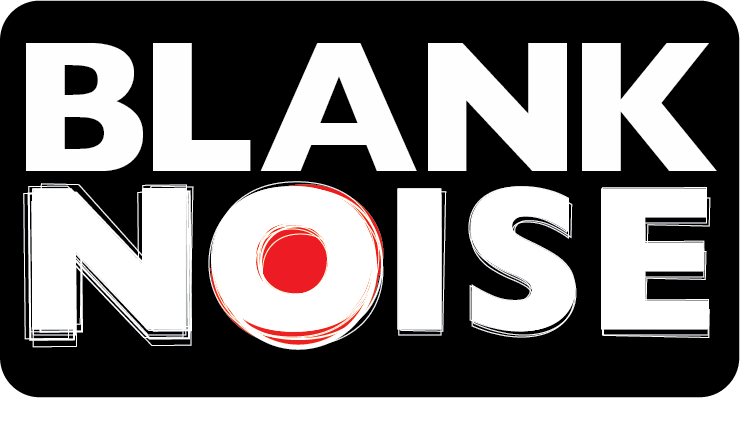14 year old Devika, a Dalit girl was driven to suicide on June 1, 2020. Devika’s suicide was a result of the structural oppression and discrimination she faced as a Dalit student, especially exacerbated by the lockdown.
Devika belonged to a family of daily wage labourers. Their income was hit strongly by the sudden and complete lockdown imposed by the Indian government during the COVID pandemic in March 2020. Schools remained closed for the first few months of the lockdown after which the Kerala government announced that online classes would take place. The classes could be accessed via smartphone, and those who didn’t have one could access the classes using their TV. Those who didn’t have a TV would be provided with tablets. Although the government had given these assurances, no arrangements had reached students like Devika yet. Their family could not afford a smartphone and their TV was not working. Devika had also received the Ayyankali scholarship, a scholarship offered to low-income students with high grades, and was anxious about losing it in case her performance dropped.
The media reported Devika’s death in a matter which undermined Devika’s struggle.. All headlines framed her suicide as being caused merely due to not possessing a smartphone or not being able to attend online classes instead of bringing attention to the structural inequality, access to education, social exclusion and the systemic injustice. These factors are crucial in understanding Devika and many other Dalit children’s realities, especially in a pandemic. The media reports stressed on how there were alternatives to smartphones for attending online classes and that she could have accessed that. All of this lacked an understanding of what Devika was going through and minimised the tragedy by projecting Devika as a teenager with unnecessary anxieties.
Dominant media narratives projected Devikas as highly anxious, with statements such as “Upset over not having smartphone, Class 10 Girl Commits Suicide”, and reiterations of other options, such as availability of recorded classes online to be accessed later or broadcasted through television, and availability of televisions in public places. Media reports and statements by government representatives suggested that she had options - this is victim blame. Devika’s death cannot be seen without the context of a pandemic, financial hardships, the uncertainty of livelihood and also the burden of performing well academically to ensure/ retain her scholarship. The media reports also do not attempt to address the social exclusion she could possibly have faced due to her caste in school. Finally, there was the immediate trigger of not being able to attend classes which showed the negligence of institutional mechanisms towards marginalized students. These structural issues were ignored for the sensational headline of a “teenaged girl committing suicide” over a problem that could have been managed, hence blaming her for her own marginalization.
Source - https://www.thenewsminute.com/article/digital-divide-worsens-social-exclusion-anti-caste-activists-devika-s-death-125879
References:
https://feminisminindia.com/2020/06/09/suicide-14-year-old-dalit-woman-kerala-misrepresented-media/
https://www.newindianexpress.com/states/kerala/2020/jun/02/lacking-smartphone-to-attend-online-classes-class-9-girl-sets-herself-ablaze-in-kerala-2151154.html
https://mumbaimirror.indiatimes.com/news/india/keralas-experiment-with-virtual-classes-upset-over-not-having-smartphone-class-10-girl-commits-suicide/articleshow/76151031.cms
https://www.indiatoday.in/india/story/kerala-girl-commits-suicide-for-missing-online-class-1684595-2020-06-02
https://www.telegraphindia.com/india/digital-divide-shadow-on-girl-suicide/cid/1777950


